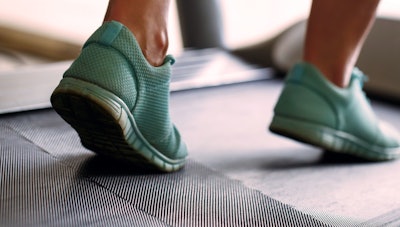
Researchers at Aalborg University in Aalborg, Denmark, in collaboration with colleagues from Norway and Australia, have proved that simple exercise at home can greatly reduce the risk of rehospitalization in patients with COPD. Birthe Dinesen, PhD, head of the Laboratory for Welfare Technology at Aalborg University, said the results are remarkable and very encouraging.
“We know that physical activity is essential for COPD patients’ health and that it is one of the best tools to avoid worsening of the disease,” Dr. Dinesen said. “But many patients do not make it to the rehabilitation services that exist, partly because of transport. Therefore, the purpose was to investigate whether training in one’s own home can contribute to patients with COPD being able to avoid being admitted to the hospital by being in good physical shape.”
The study, published in the American Journal of Respiratory and Critical Care Medicine, was conducted in Denmark in collaboration with the health center in Esbjerg Municipality and the Department of Pulmonary Medicine at South West Jutland Hospital in Esbjerg, and included patients between the ages of 40 and 80 with severe or very severe COPD.
Over a two-year period, the patients were divided into three groups. Group A was given a treadmill to use in their own home and participated in a telerehabilitation program where daily training on the treadmill at home was combined with measures and remote doctor consultations via iPad. Group B was also given a walking belt and trained at home with an individual training program given on paper, while Group C followed a traditional rehabilitation program at Esbjerg Health Center.
The study found that the group that independently performed the exercise at home without extensive support (Group B) achieved as good — and in some cases better — results than those who followed the more extensive program.
“It just shows that we don’t always need to hold the patients’ hands,” Dr. Dinesen said. “They can actually do a lot themselves.”
























